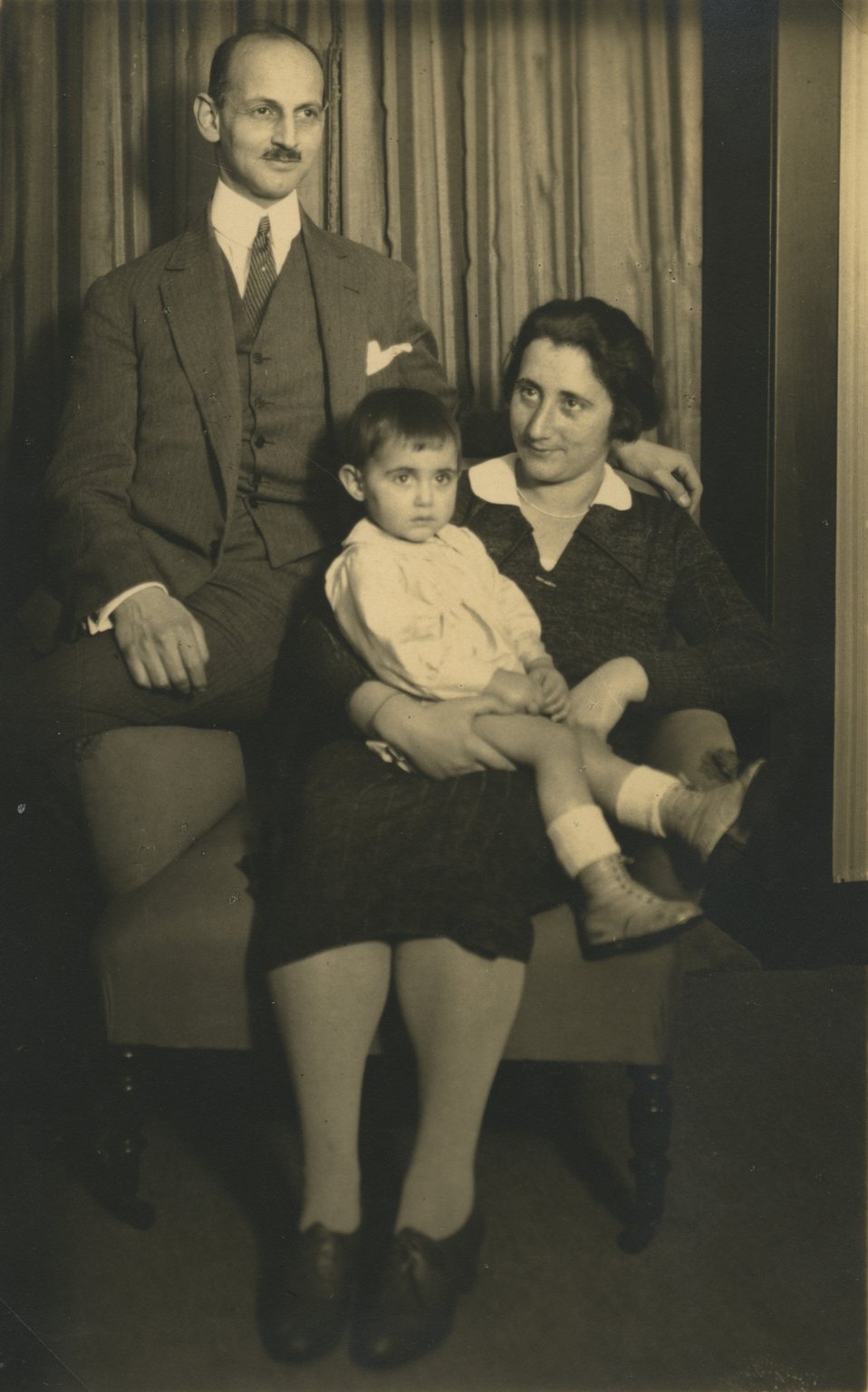Margot Frank

Margot Frank often overshadowed by the tragic narrative of her younger sister Anne Frank. Possessed her own remarkable qualities that deserve recognition. While Anne’s diary, “The Diary of a Young Girl.” Has become a symbol of resilience and hope in the face of adversity. Margot’s story enriches our understanding of the human spirit’s capacity to endure. This article aims to shine a light on Margot Frank’s life her role within the Annex and her enduring legacy beyond the confines of World War II.
Table of Contents
ToggleThe Early Years
Margot Frank was born on February 16, 1926, in Frankfurt Germany to Otto and Edith Frank. She was the elder daughter, followed by her sister Anne, born in 1929. Margot’s upbringing was typical of many Jewish families in pre-war Europe. Marked by a loving household and the pursuit of education and cultural enrichment.
Life in Hiding
As Nazi persecution intensified the Frank family fled to Amsterdam in 1933. Seeking refuge from the escalating anti-Semitic sentiments in Germany. The occupation of the Netherlands by Nazi forces in 1940 shattered their hopes of safety. In July 1942, Margot received a call-up notice to report for a forced labor camp. Faced with the imminent threat of deportation, the Frank family, along with four others, went into hiding in a concealed annex above Otto Frank’s former office.
Margot’s Role in the Annex
Within the confines of the Secret Annex, Margot emerged as a source of quiet strength and maturity. Unlike her exuberant and expressive sister Anne, Margot was known for her reserved demeanor and diligent nature. She took on household responsibilities and aided in maintaining the semblance of normalcy amidst the claustrophobic existence of hiding. Margot’s presence provided a sense of stability and reassurance to the inhabitants of the Annex during their two years in hiding.
Enduring Hardships
Life in hiding was fraught with constant fear, deprivation, and the ever-looming threat of discovery. Margot, like the others, grappled with the psychological toll of confinement and uncertainty. Despite the hardships, she exhibited remarkable resilience and fortitude, finding solace in literature and maintaining her studies whenever possible. Margot’s steadfastness served as a beacon of hope for her family and companions, offering strength in the face of despair.
Tragic End
The Frank family’s hiding place was betrayed, and on August 4, 1944, they were arrested by the Gestapo. Margot, along with her parents and sister, was transported to Auschwitz-Birkenau concentration camp. Tragically, Margot and Anne were later transferred to Bergen-Belsen, where they succumbed to typhus within days of each other in early 1945, shortly before the camp’s liberation.
Legacy and Remembrance
Though Margot’s life was cut short at the age of 18, her legacy endures as a testament to resilience, courage, and the enduring human spirit. While Anne’s diary immortalized their shared experiences, Margot’s quiet strength and dignity in the face of adversity serve as a poignant reminder of the countless individuals whose stories remain untold. Through continued remembrance and education, we honor Margot Frank’s memory and ensure that the lessons of the Holocaust are never forgotten.
Conclusion
Margot Frank‘s story exemplifies the resilience and courage exhibited by countless individuals during one of humanity’s darkest chapters. Beyond being Anne Frank’s sister, Margot’s life and legacy stand as a testament to the enduring human spirit in the face of unimaginable adversity. As we reflect on her life, let us reaffirm our commitment to remembrance, empathy, and the pursuit of a more just and compassionate world.





